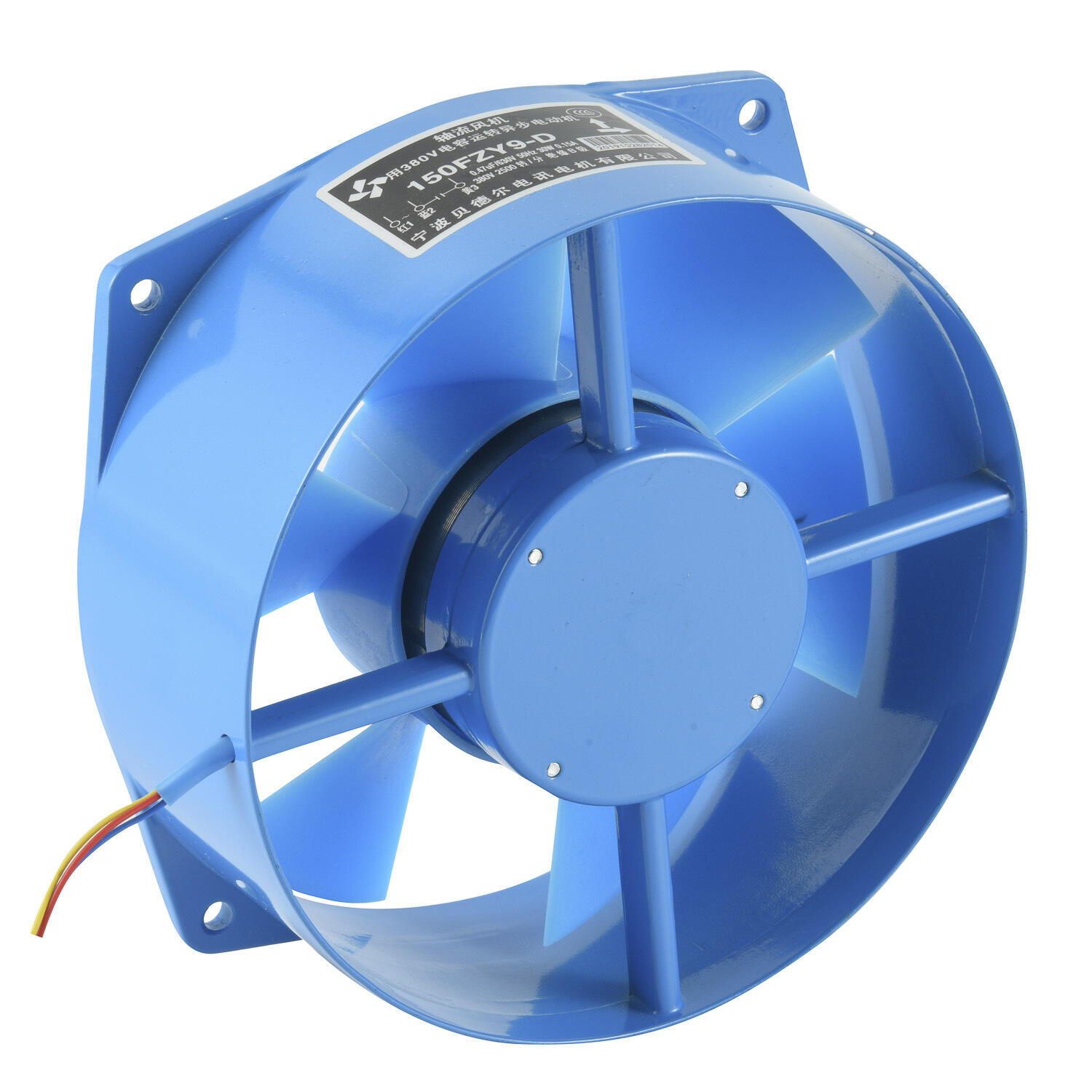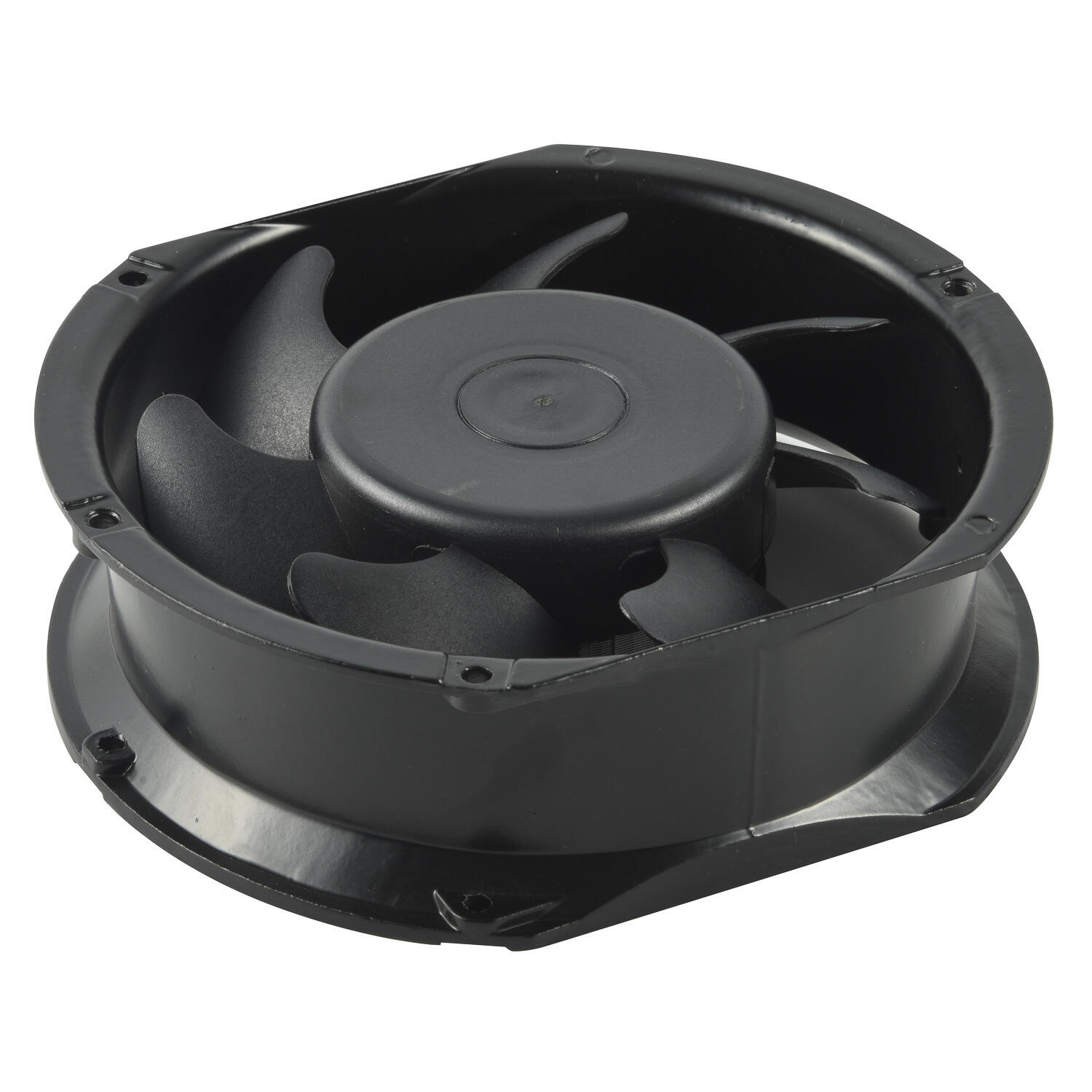ciklop merilnik vlage v kleti
Cinkastnik za merjenje vlage v kleti je pomemben nadzorni naprav, ki je zasnovan za ohranjanje optimalnih rastnih pogojev v kontroliranih okoljih. Ta sofisticirana oprema točno meri in sledi ravni relativne vlage, kar rastlinskim razvodnikom omogoča ohranjanje idealnih vlažnih pogojev za rast in razvoj rastlin. Cinkastnik uporablja napredno kapacitivno ali resistivno tehnologijo za zaznavanje vode v zraku, s čimer zagotavlja realno-časne podatke, ki jih je mogoče integrirati v avtomatske sisteme za upravljanje klet. Sodobni cinkastniki za merjenje vlage v kleti imajo funkcije z visoko natančnostjo meritev, katere obseg natančnosti tipično leži znotraj ±2-3% relativne vlage, kar jih dela zanesljivimi orodji za profesionalno kultiviranje. Te cinkastnike pogosto opremljajo digitalna prikazna plošča, brezžična povezava in možnosti shranjevanja podatkov, kar rastlinskim razvodnikom omogoča oddaljeno spremljanje pogojev ter ohranjanje podrobne evidencije o okolju. Robasta konstrukcija naprave zagotavlja stabilno delovanje tudi v zahtevnih kletskih pogojev, medtem ko njena kalibracijska stabilnost zmanjšuje potrebno vzdrževalno delo. Mnogi modeli vsebujejo tudi sposobnosti merjenja temperature, kar omogoča kompleksno nadzorovanje okolja v eni enoti. Podatki cinkastnika lahko sprožijo avtomatske odzive skozi povezane sisteme, kot je na primer vklop ventilacije ali napojilnih naprav, kadar meritev padne izven predhodno določenih parametrov.


